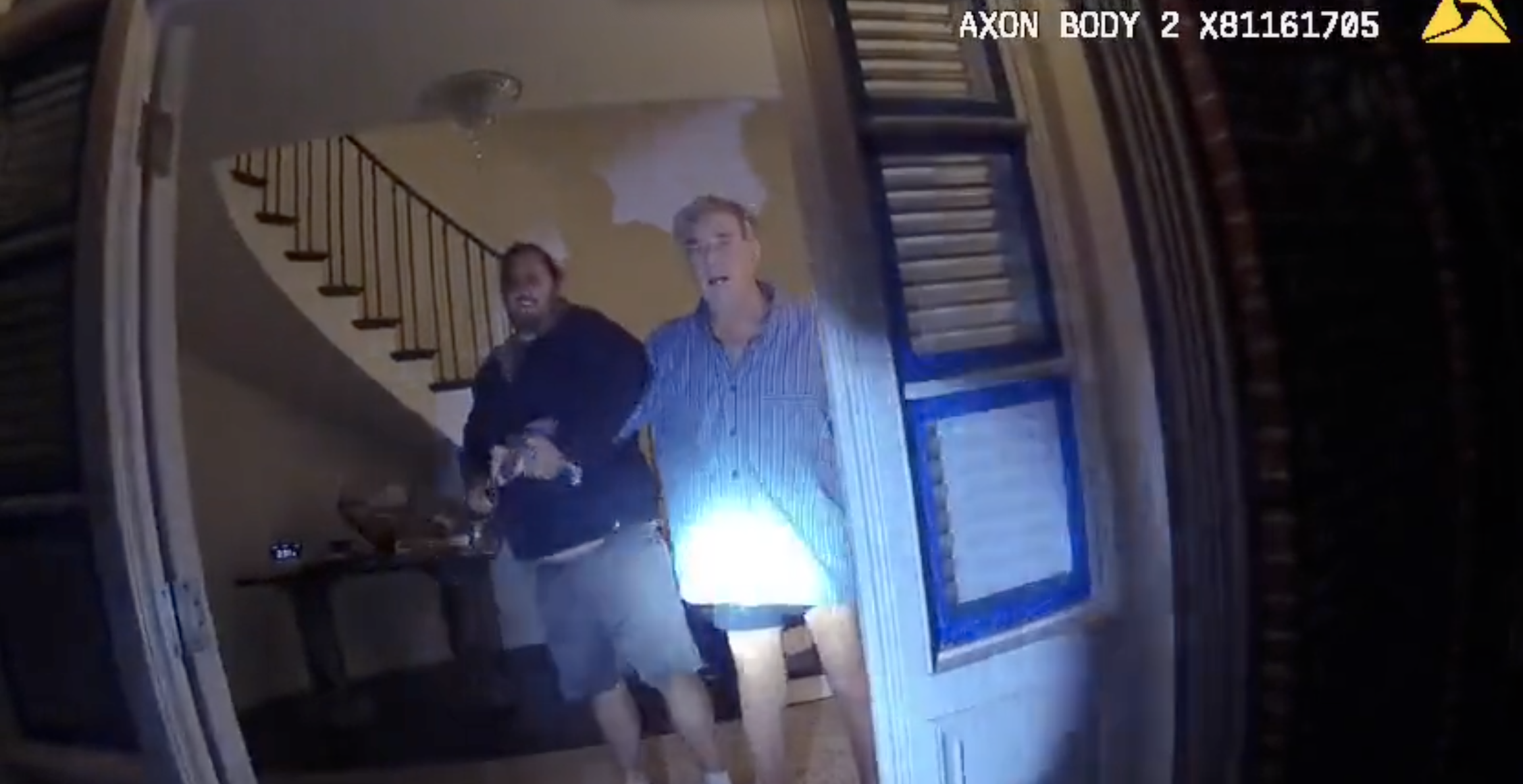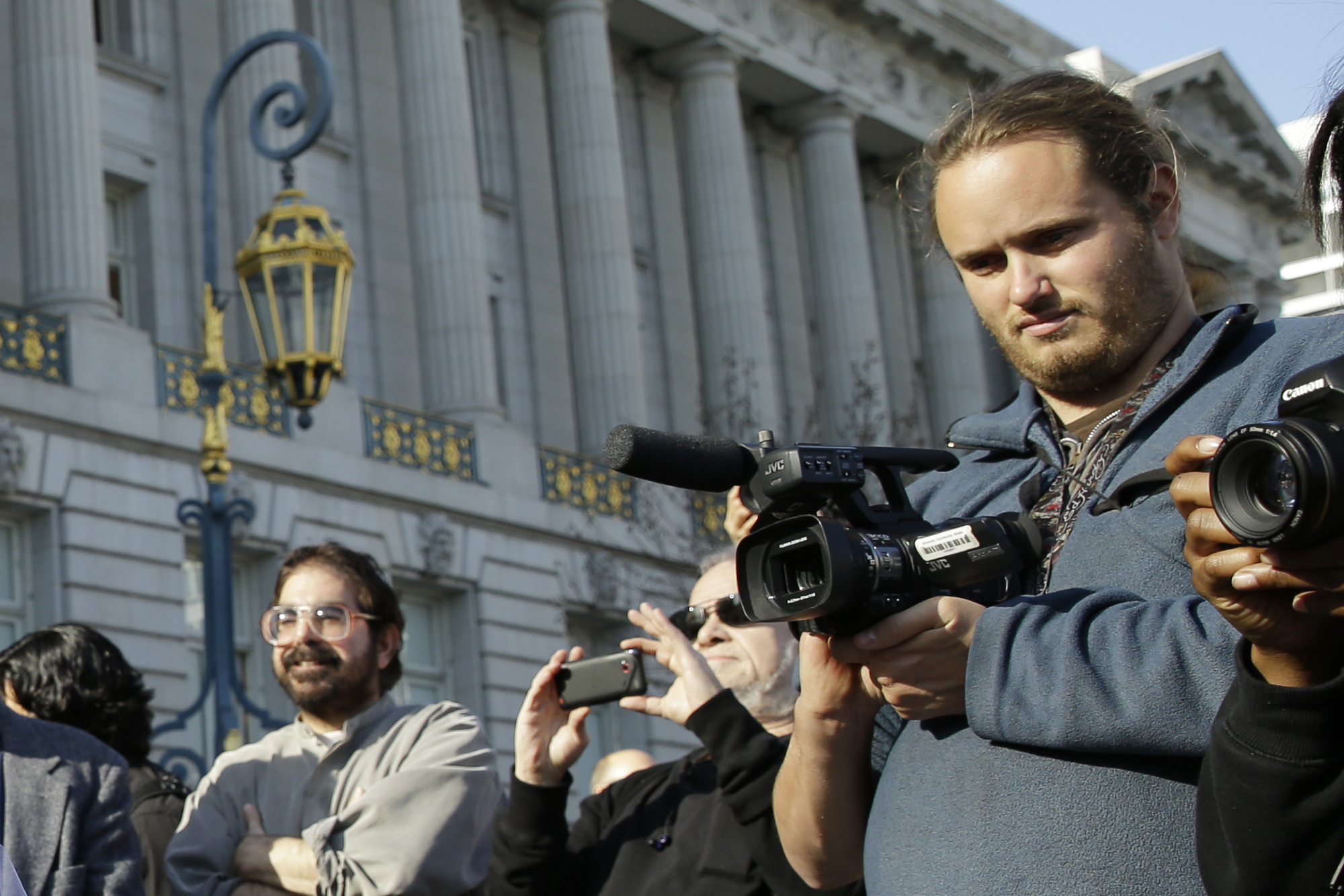New footage and audio from the savage hammer assault on Paul Pelosi last October have finally shed light on how events unfolded on the night.
A San Francisco judge ordered the material released to the media earlier this week after siding with a coalition of media outlets that sought the material showcased in proceedings against David DePape, the alleged assailant. The evidence dump shows how Pelosi tried to maintain his cool in the face of imminent physical danger and impugns wild rumors about the attack.
PAUL PELOSI ATTACK FOOTAGE RELEASED: POLICE BODYCAM SHOWS DISTRESSING HAMMER ASSAULT
Here are some of the key revelations and takeaways from the audio and footage release:

DePape was a clear threat
When news of the attack against Pelosi first broke, some conspiracies and wild rumors swirled on social media that he had a prior relationship with his alleged attacker. Details of the assault that trickled out, such as the fact that Pelosi was the one who greeted responding officers and that Pelosi described DePape as a friend to a 911 dispatcher, fed fodder to some of these narratives.
However, the release of the footage and audio adds critical context. During a 911 phone call, it was apparent that Pelosi was under surveillance by DePape for parts of the conversation. The alleged attacker told the dispatcher he was a friend of the family, but Pelosi was sure to clarify that he was not aware of who DePape was.
Body camera footage shows that when Pelosi greeted the first responders, he did so under duress. DePape had clasped his right arm and was holding a hammer as officers peered through the front door. Pelosi initially appears surprisingly calm as officers entered the scene, perhaps relieved that help was on the way. A sudden rush of panic, however, can clearly be seen on his face as DePape gears up to attack him.
Officers demanded that DePape put down the hammer. After DePape refused, he quickly smacked Pelosi over the head, prompting police to detain him.
Further undercutting conspiracies about DePape was U.S. Capitol Police surveillance footage that captured DePape smashing the back door to break into the house.

Pelosi never took the hammer
It was long known that there was a bit of a confrontation before DePape smacked Pelosi with the hammer. Some speculated that Pelosi wrestled with DePape for control of the hammer, but the body camera footage made it clear that wasn’t the case. DePape had control over the hammer and struck Pelosi after growing uneasy with the police presence.
Pelosi never attempted to commandeer the hammer after police arrived, but he did free his right arm, which DePape had restrained after the latter began twisting it. Once free, Pelosi tried to escape, but DePape hit him.
911 AUDIO REVEALS PAUL PELOSI KEPT HIS COOL BEFORE ATTACKER TOLD HIM TO ‘GET THE HELL OFF THE PHONE’
Pelosi kept his cool
In the face of pressing danger, Pelosi seemingly tried to de-escalate the situation and refrain from rattling DePape. When officers arrived on the scene, he did not immediately cry out for help and initially did not try to resist the hammer-wielding DePape. Only when DePape became frazzled by police and began twisting his arm did Pelosi try to break away.
The phone call with a police dispatcher also highlighted how Pelosi sought to tip-toe around DePape and not elicit his rage. Pelosi rejected an offer to send police to his house or to remain on the line. He also tried to signal to law enforcement that he was unaware of who DePape was. DePape monitored parts of the call and was heard in the background telling the dispatcher that he was a friend of the family.
Capitol Police were away
One of the biggest questions surrounding the attack on Pelosi was the lack of security given that his wife was speaker of the House at the time. Capitol Police first learned of the attack when they saw police lights and sirens on a security camera feed, CNN reported. San Francisco police stopped their routine patrolling of the Pelosi house in 2021, according to the report.
Pelosi was clearly confused about why Capitol Police weren’t around during the break-in, asking San Francisco police dispatchers where the Capitol Police were.
“Is the Capitol Police around?” he asked. “They are usually here at the house protecting my wife.” The dispatcher replied that she was with San Francisco police, to which Pelosi noted that he understood. His wife, Nancy, was away in Washington, D.C., at the time.
Surveillance footage from Capitol Police released by the court order showed DePape parading through the Pelosi backyard and smashing the back door to break in.
Why was the footage released?
Prosecutors at the San Francisco District Attorney’s Office opposed pleas to make the audio and video public, fearing that such a disclosure could bolster conspiracy theories and misinformation online. They fretted that bad actors could edit the tranche to mislead the public.
A coalition of media outlets, such as CNN, Fox News, the New York Times, and others, argued in court that the material should be made available to them. The footage and audio are evidence in courtroom proceedings against DePape. A lawyer for the media coalition argued that the evidence entailed “known facts,” stressing that “the public’s right of access should not be dependent on conspiracy theories,” per the Washington Post.
Ultimately, San Francisco Superior Court Judge Stephen Murphy sided with the media coalition earlier this week.
CLICK HERE TO READ MORE FROM THE WASHINGTON EXAMINER
Pelosi was transported to a hospital for treatment after the attack and later received surgery to “repair a skull fracture and serious injuries to his right arm and hands,” a spokesperson for his wife said. Rep. Nancy Pelosi (D-CA) insists that he is making his recovery “one day at a time.”
After he was interrogated by police, DePape confessed to conducting the attack, which took place on Oct. 28, 2022, according to court records. DePape brought white zip ties during the intrusion and asked, “Where’s Nancy? Where’s Nancy?” after barging into the house, according to court records.
DePape has since pleaded not guilty to state and federal charges levied against him for the alleged attack. His lawyers opposed the release of the footage and audio, arguing the disclosure could undermine a fair trial.

